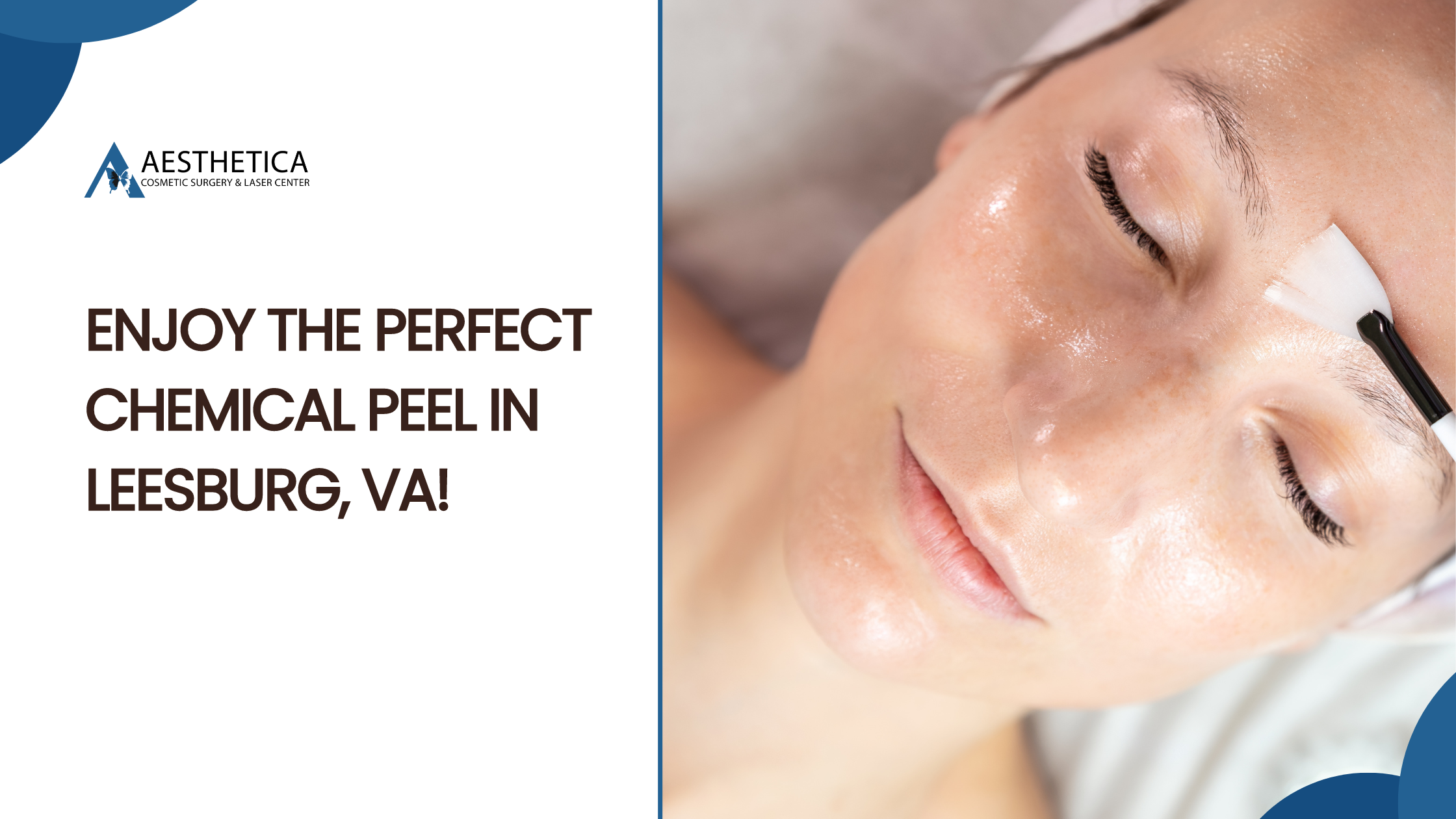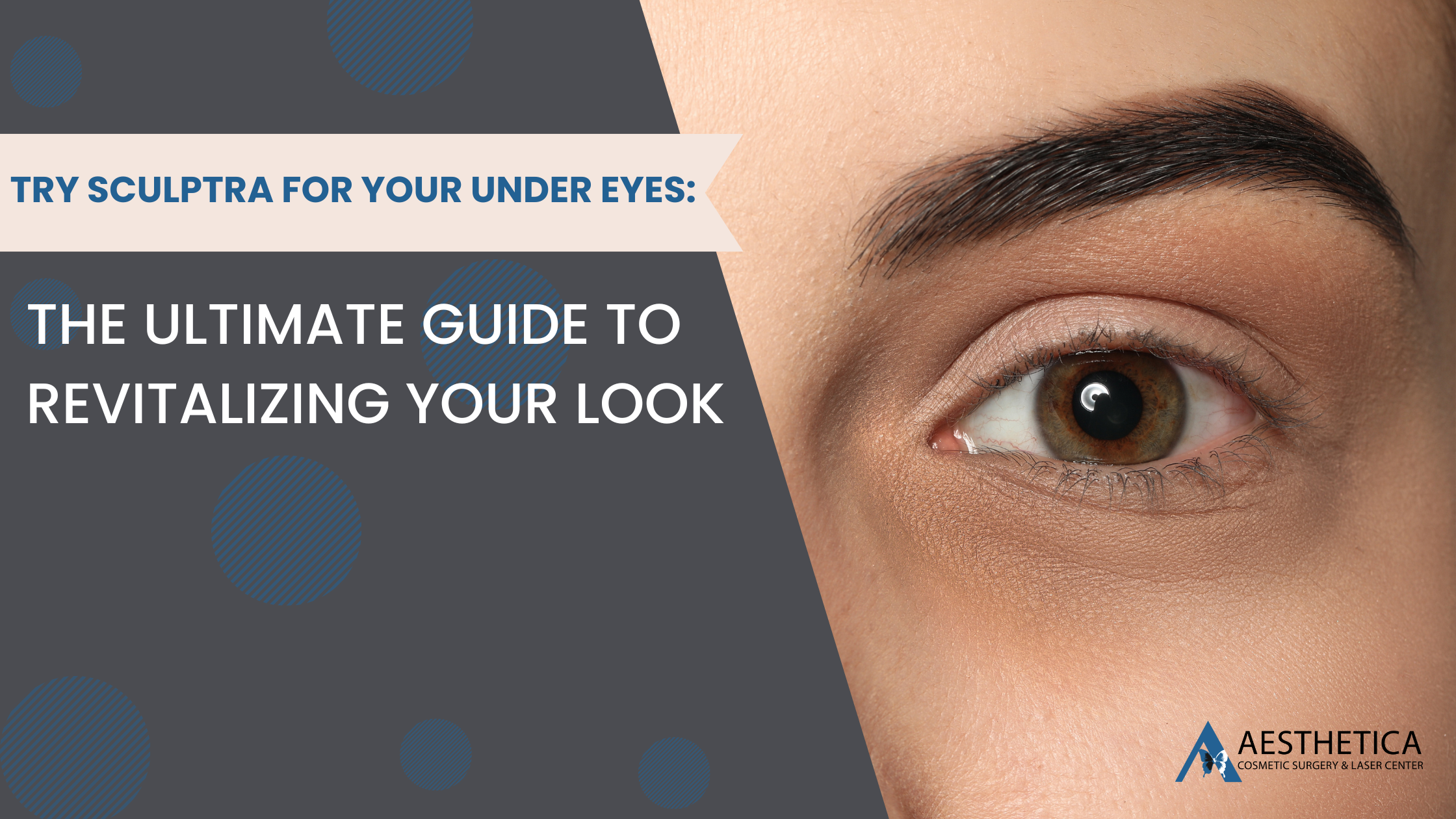
Aesthetica Editorial Team

We’ve all been there. You’re getting dressed for a night out, slip into that stunning low-cut dress, and there it is — a décolletage that doesn’t quite match the glowing confidence you feel inside. Large, visible pores across your chest turn what should be your statement outfit into a source of unease.
The décolletage, that delicate area extending from your neck down to your chest, often gets overshadowed by our face in the skincare regime.
Yet, it’s just as prone to skin issues. Large pores, in particular, seem to be fond of this zone.
But why does this happen? What causes these pores to amplify and claim such a significant chunk of our confidence? And most importantly, how can we send them packing?
Understanding Large Pores on the Décolletage
Like any other skin area, the décolletage may fall victim to pesky skin issues, one of the most prominent being large pores.
Symptoms of large pores vary between people, but some indicators that you may struggle with large pores are:
- Texture: The skin on the décolletage feels bumpy to the touch, almost like fine-grit sandpaper.
- Appearance: Pores are visibly enlarged, often resembling tiny holes or lumps, especially when viewed up close.
- Reactivity: The skin may appear more oily than usual, giving it a shiny or greasy sheen.
- Skin Blemishes: These pores may get clogged, leading to blackheads or pimples in the area.

One of the primary culprits behind enlarged pores on your décolletage is excessive sebum.
Sebum is a natural oil our skin produces to stay moisturized. However, it leads to enlarged pores when there’s an overproduction.
Excessive sebum, coupled with dead skin cells and external impurities, gets trapped inside the skin, causing the pore to expand.
Reasons why you may experience excessive sebum production include:
- Hormonal imbalances, especially during menstrual cycles, pregnancy, or certain medications.
- A diet high in oily or fried foods.
- Genetics: if your family members have oily skin or large pores, you might be predisposed to them, too.
What is the White Stuff Coming Out of My Chest Pores?
Have you ever squeezed or exfoliated your skin and noticed a white, stringy substance coming from your pores? These are sebaceous filaments, and they’re entirely natural.
Unlike blackheads (clogged hair follicles oxidized by air), sebaceous filaments combine sebum, dead skin cells, and bacteria. They are part of our skin’s natural system, helping channel the flow of sebum along the lining of the pore, ensuring our skin remains moisturized.
However, when there’s an overproduction of sebum, these filaments can become more prominent, appearing as tiny white specks or strings when squeezed.
It’s essential to approach them carefully, as excessive squeezing or improper extraction can damage the skin or deepen enlarged pores.
How Microneedling Works to Reduce Large Pores
Microneedling, also called collagen induction therapy, is highly effective when tackling large pores.
Microneedling involves using a tool equipped with numerous tiny, fine-pointed needles to create thousands of microscopic punctures in the top layer of the skin.
The primary goal of microneedling is to stimulate collagen and elastin production. When our skin suffers minute injuries from the needles, it responds by healing and producing more collagen. This naturally firming protein makes the skin smoother and more taut, reducing the appearance of large pores.
Post-microneedling, your skin is in an optimal state to absorb skincare products. This allows for better penetration of serums or creams, ensuring they work more efficiently, further aiding in pore reduction.
As new skin cells grow during the healing process, the skin texture becomes more refined and even-toned, making large pores less noticeable.
Retinol: The Age-Defying Solution for Smoother Skin
Retinol, often hailed as the holy grail of skincare ingredients, is a form of Vitamin A. It’s renowned not just for its anti-aging properties but also for its effectiveness in treating large pores and various skin imperfections.
Retinol has been used for decades to treat various skin concerns. It promotes faster cell turnover, meaning it helps the skin shed dead cells more quickly, bringing fresh skin to the surface. This process ensures that the pores are less likely to get clogged, reducing their appearance.
Much like microneedling, retinol also stimulates collagen production. Increased collagen means firmer skin with minimized pores.
Retinol helps normalize sebum production. By regulating the amount of oil our skin produces, there’s less chance of it mixing with dead skin cells and clogging pores.
Regular use of retinol can lead to a smoother skin texture, with reduced fine lines, wrinkles, and diminished pores.
While retinol is potent and effective, it’s essential to introduce it gradually into your skincare routine. Start with lower concentrations and always use sunscreen during the day, as retinol can make the skin more sensitive to the sun.
Combining treatments like microneedling with powerful skincare like retinol serums from SkinMedica paves the way to a smoother, more refined complexion, letting you say goodbye to those troublesome large pores for good.

Ready to Achieve Poreless Perfection on Your Décolletage?
For many, the décolletage is a symbol of elegance and allure. But when plagued by large pores, it can also be a source of insecurity.
The good news? You don’t have to live with these imperfections any longer.
Try microneedling or browse our range of SkinMedica products today!
Meet us at 19500 Sandridge Way, Suite 350, Leesburg, VA 20176, or call us at (703) 574-4342 for a complimentary consultation with Board-Certified Plastic Surgeon Dr. Phillip Chang before moving forward with your procedure. If everything matches up, our team will help you navigate the entire process from beginning to end. Also, remember to check out our blog and social media for more information on cosmetic surgery trends!
References
- Pedroja, Cammy. “What Is Sebum?” Healthline, Healthline Media, 28 July 2023, www.healthline.com/health/beauty-skin-care/sebum. Accessed 13 Sep. 2023.
Let Us Help You!
Our office can provide you with helpful information, schedule a free consultation, and walk you through the many services and procedures we provide.
Contact Dr. Chang's Office:
More Articles For You

Navigating Cosmetic Options for Your Outie Vagina
Delving into the realm of personal aesthetics, especially concerning outie vaginas, involves exploring a variety

Enjoy the Perfect Chemical Peel in Leesburg, VA!
In the heart of Leesburg, VA, a transformative beauty experience awaits at Aesthetica, a premier

Find Your Glow: 7 Reasons Why Aesthetica Is the Best Microneedling Provider in Leesburg, VA!
In the quest for vibrant, youthful skin, microneedling has emerged as a cornerstone treatment, beloved

Try Sculptra for Your Under Eyes: The Ultimate Guide to Revitalizing Your Look
In aesthetic enhancements, Sculptra has emerged as a revolutionary treatment, especially for addressing concerns about
